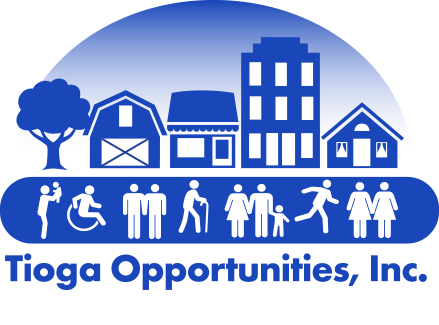The Community Action Network and President Johnson’s Great Society
On the morning of May 22, 1964, history was made as President Lyndon B. Johnson, addressed more than 700,000 people at the University of Michigan’s Spring Commencement. In his iconic speech, Johnson spoke of a country blessed with vast resources and knowledge, yet challenged by deep-seated inequalities and social injustices. At the center of this transformative vision was the Economic Opportunity Act (EOA), a cornerstone piece of legislation designed to wage war on poverty and uplift marginalized communities.
Through the EOA, federal funds were directed to create Community Action Agencies (CAAs) in communities across the nation. These agencies became community change-makers, identifying the specific needs of their community and implementing innovative solutions to address them. By empowering communities to tackle poverty at the grass-roots level, the network aimed to break the cycle of poverty and create pathways to economic self-sufficiency.
Together, the Community Action Network and the Economic Opportunity Act represented a shift in the way the United States approached social welfare and alleviating poverty. Rather than relying solely on government involvement, Johnson’s Great Society sought to mobilize communities and foster collaboration between government agencies, nonprofit organizations, and local residents.
As we reflect on the legacy of the Great Society and its enduring impact on American society, one thing remains clear: the belief in the power of collective action and community empowerment to effect positive change.
You can learn more about about President Johnson and the Great Society here: https://ny.pbslearningmedia.org/resource/pres10.socst.ush.now.greatsociety/lbj-and-the-great-society/

